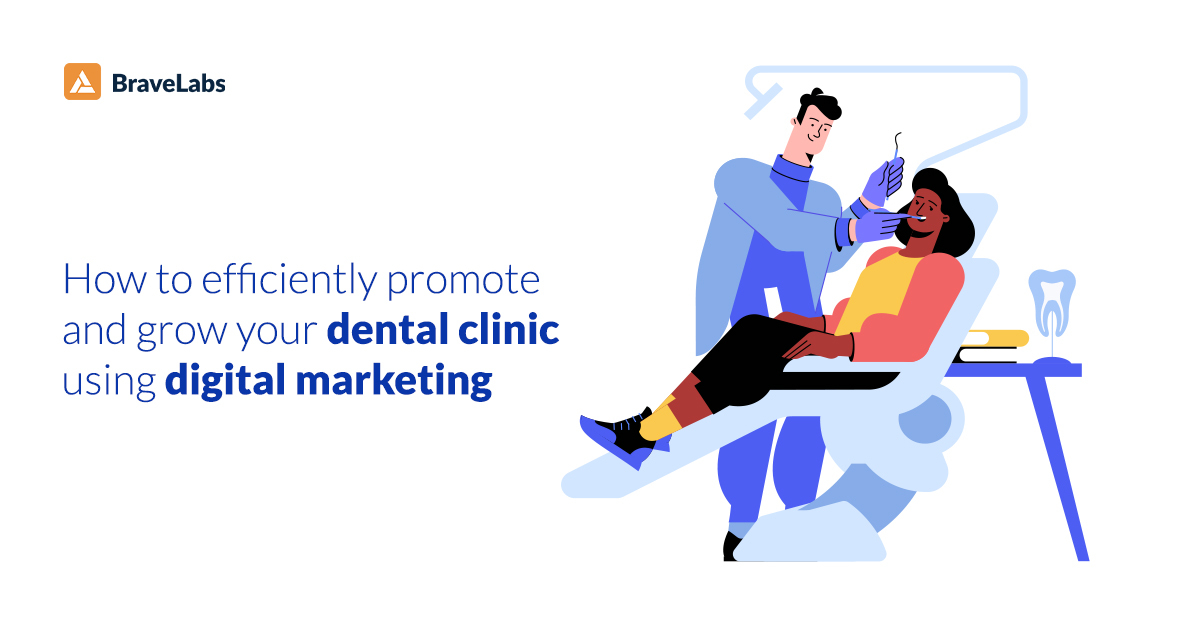Using Customer Journey Mapping to Grow Your Healthcare Practice
Customer Journey Mapping helps businesses understand what are the interactions that their customers have with their business processes. For the healthcare industry, using these methods to visualize the patient experience allows them to improve patient satisfaction, and drive business growth.
Everyone remotely connected to
the internet today has heard of the slang ‘Karen’. The slang essentially
started out as a term for an over-entitled customer, who had taken to shouting
at workers in a retail or sales setting. The number of recorded instances of
‘Karens’ has grown over the recent years. But how is this related to healthcare
or businesses in general?
The rise of ‘Karens’ is the
downside to the new revolution that we are witnessing in service-focused
industries. Today’s customers are not content with just receiving our services,
no matter what segment of the economy we are talking about, but expect to have a
good experience while doing so.
The experience during the
purchase of any service or product is just as important as the quality of
service or product itself for most customers. 8 out of 10 customers stated that
they considered their experience with a company just as important as the
product itself.
The healthcare industry is
witnessing a similar issue. While healthcare businesses had once considered
themselves to work with only patients, today’s patients want to be treated as
paying customers. They want to be treated in a manner similar to what they
would expect in a different service where they had been paying money. And with
healthcare costs continuing to rapidly increase, who can blame them for asking
to be treated like customers do?
But how does a business go
about improving the customer experience?
Customer Journey Mapping
Customer journey mapping is
the process of mapping the customer’s journey. The journey itself details the
various touchpoints and interactions that a customer has during the course of
their engagement with a business. This journey starts when the customer starts
to identify that it has a need and only ends far after the customer’s sale has
materialized. For many companies that offer post-sale services like customer
support, warranties, and more, the customer journey continues to extend till
the end of that process.
Mapping this journey allows
businesses to understand the complexities that their prospective and existing
customers experience. It shows them in a visual and easy-to-understand format.
Through this companies identify which touchpoints have a negative impact on the
customer experience.
Without knowing what the
problem is or where the problem lies, there can be very little scope for
improvement or mitigation. As a result, today customer journey mapping has been
used by nearly all major companies to optimize the customer onboarding process
and improve the customer experience.
Customer journey mapping also
allows businesses to adapt their processes differently based on the different
customer personas there are. Not all customers are the same, but most of them
can be broadly divided into a few categories. These ‘categories’ are the
customer personas.
$35.3 billion is lost every
year in the US alone due to customer experience reasons. We believe customer journey
mapping can play a significant role in helping solve
this problem
But what does this all mean
for the healthcare industry?
CJM in Healthcare
The use of customer journey
mapping in the healthcare industry has been a relatively new development. The
change only came about as a result of the growing understanding of healthcare
businesses that their business is not just serving patients, but patients who
wish to be treated like customers. However, as the healthcare industry’s needs
remain different from what many other businesses have, the industry instead
uses the term patient journeys.
Through patient journey
mapping, healthcare businesses are able to measure and understand the
perspective of the patient in their healthcare setting and interactions. For
healthcare businesses, it’s important to realize and understand that patient
experience is influenced by multiple touchpoints and each touchpoint must
deliver the right value and experience.
With different healthcare
departments, these numerous touchpoints can become siloed leading to
fragmentation of services and therefore delivering a poor experience for the
patient.
With multiple stakeholders
playing a part in the overall journey of the patient, it gets incredibly
difficult to hold anyone accountable for the outcomes.
By using patient journey
mapping, healthcare businesses are able to overcome these obstacles and provide
better experiences to their patients and customers. While customer experience
is of high importance for most businesses, patient experience drives patient
satisfaction in the healthcare industry. Patient satisfaction is one of the key
metrics of success and improvement for healthcare organizations in the
healthcare industry today.
Conclusion
Customer journey mapping
allows healthcare businesses to understand the increasingly complex ways that
today’s customers communicate with them. By understanding the myriad
touchpoints, healthcare businesses are able to ensure that they fill up the
cracks in their customer journey models and improve their customer experience.
Healthcare businesses today
need to understand that they are not just serving patients but customers
instead. With customer experience being almost as important as the healthcare
service being delivered itself, it is no wonder that healthcare companies that
are focusing on improving customer experiences are coming out on top.
BraveLabs is a medical digital
transformation and marketing company helping
healthcare organizations navigate this new revolution in the healthcare
industry. With BraveLabs, healthcare
organizations can integrate customer journey mapping into their business
processes and start improving customer and patient experiences in real-time.
Contact BraveLabs to
understand how CJM can be integrated into your healthcare model.
.jpg)


Comments
Post a Comment